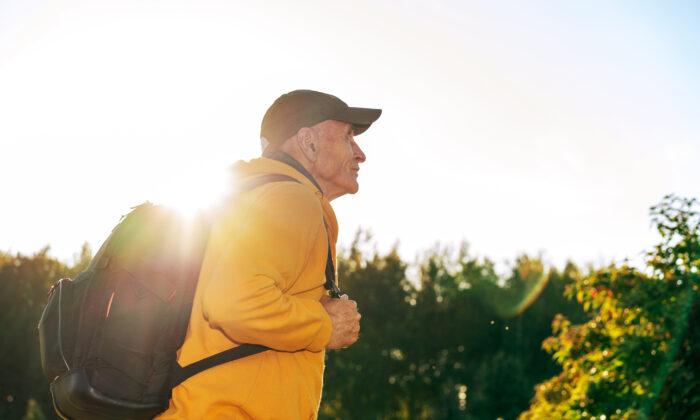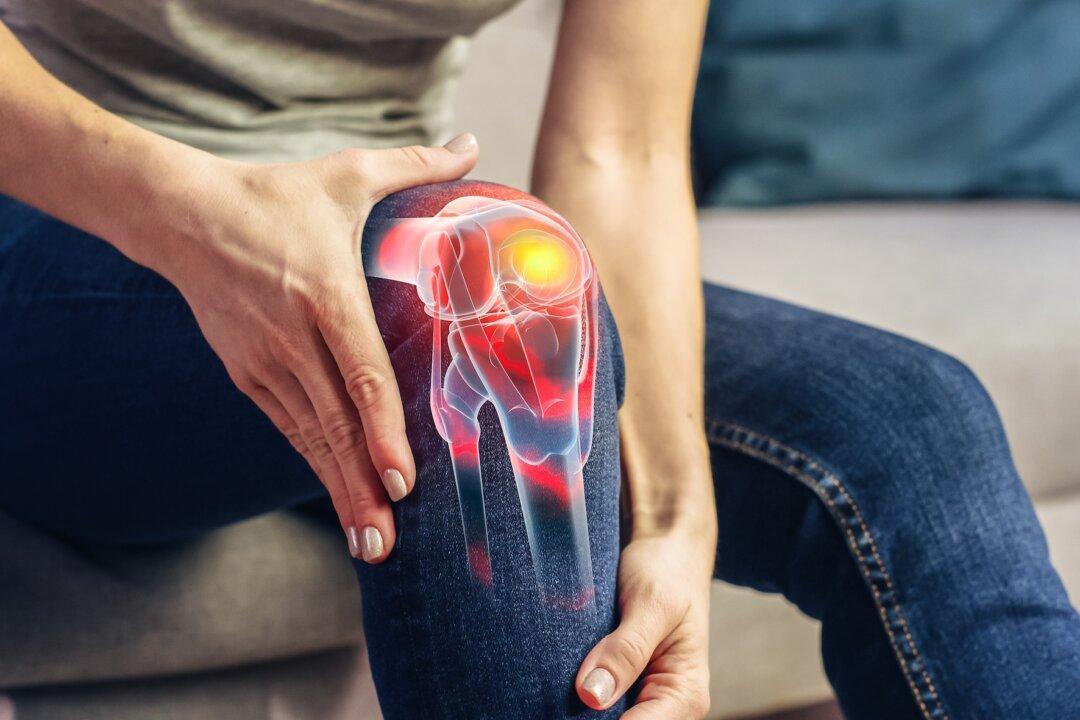If you have joint pain, you should still keep moving. There is increasing evidence that exercise can help to treat and prevent osteoarthritis of the hips and knees. Low-intensity sessions of walking or cycling offered pain relief after just 2-12 weeks (BMC Musculoskeletal Disorders, Feb 3, 2022;23(113)), and after joint replacement surgery (Sport Sci Rev, 2021;49(2):77-87).
Inactivity worsens arthritis by preventing joints from healing. If moving your joints hurts, your doctor will check for a cause such as rheumatoid arthritis, psoriatic arthritis, gout, reactive arthritis from an infection or some other known source of joint pain. If none of those are found, you will probably be told that you have osteoarthritis, the most common cause of chronic and progressive joint pain. It can eventually destroy the cartilage in joints, and is among the most prevalent chronic diseases and a leading cause of disability worldwide (JAMA, 2018;319(14):1444-1472). Eighty percent of North Americans have X-ray evidence of osteoarthritis by age 65, and sixty percent have significant joint pain. More than 700,000 people in North America have their knees replaced each year, mostly for this condition. If you have sudden locking of your joint that gets better and then recurs, you may have “joint mice,” loose pieces of cartilage that slip between your cartilage to cause horrible pain. This can usually be cured by removing the loose pieces with arthroscopic surgery.
Osteoarthritis used to mean that your doctor had ruled out known causes of knee pain and had no idea what was causing your joint pain, but now we know that people with osteoarthritis have high blood levels of galectins that turn on a person’s immune system to cause inflammation, just as in rheumatoid arthritis or reactive arthritis (J of Immunology, Feb 15, 2016;196(4):1910-1921). Anything that causes inflammation can damage joints (Nature Medicine, published online Nov. 6, 2011), and inflammation is a more common cause of arthritis than wear-and-tear injuries (Bone, 2012;51:249-257). If your immune system stays overactive, the same chemicals and cells that are used to attack germs can attack and destroy the cartilage in your joints. A review of 68 studies showed that osteoarthritis is associated with everything that increases inflammation, such as obesity, high blood pressure, high cholesterol, diabetes and metabolic syndrome (Rheumatology, May 1, 2018;57(suppl_4):iv61-iv74; Rheumatology, Jan 1, 2016;55(1):16-24). Everything that helps to reduce inflammation also helps to reduce pain and joint damage: eat an anti-inflammatory diet, lose excess weight, exercise, lower high blood sugar levels and so forth (Ther Adv Musculoskelet Dis, 2013 Apr; 5(2): 77-94).
Most Arthritics Should Exercise
Many studies show that exercise is more effective than surgery (arthroscopic partial meniscectomy) in treating people with knee pain and degenerative meniscal tears (BMJ, July 20, 2016; N Engl J Med, 2013;368:1675-84). Osteoarthritis almost always worsens with inactivity. Exercise increases cartilage quality in osteoarthritis (Med and Sci in Sprts and Ex, Mar 23, 2017), and a review of 55 studies showed that weight bearing exercise reduced pain and improved joint function (British Journal of Sports Medicine, September 24, 2015). Aerobic and strength training for 20 weeks markedly decreased knee pain and increased mobility (Arthritis Care & Research, Aug 30, 2016). A review of six studies of 656 men and women with knee osteoarthritis found that exercise improves symptoms of knee pain in osteoarthritis and that it didn’t make much difference whether the knee exercise program was of low or high intensity (Cochrane Database Syst Rev, 2015 Oct 29;(10):CD010203). However, you need to be guided by pain. Stop what you are doing if your pain worsens and try another activity.My Recommendations
Exercise should be part of the treatment for most cases of arthritis because inactivity increases joint damage. Choose a non-impact sport such as cycling, swimming or cross-country skiing, or use exercise machines that support your feet and do not let you pound on the ground. Always listen to your body and never try to exercise through pain.Exercise is just one part of an anti-inflammatory lifestyle that is so important for people with arthritis. You should also:
- Eat an anti-inflammatory diet that includes lots of vegetables, fruits, whole grains, beans, nuts and other seeds, and restricts foods with added sugar, all sugared drinks including fruit juices, meat from mammals, and fried foods.
- Work to lose weight if you are overweight. Excess weight causes inflammation, and obesity is a major risk factor for osteoarthritis (Int J Obes Relat Metab Disord, 2001;25(5):622-627; Osteoarthritis Cartilage, Oct 27, 2015, S1063-4584(15)01364-3; Arthritis and Rheumatism, Sept 15, 2008;59(9):1207-13).
- Keep blood levels of hydroxy vitamin D above 30 ng/mL.
- If you use non-steroidal anti-inflammatory drugs (NSAIDs) to help control pain, take the lowest dose possible. NSAIDs do not cure the problem and can have serious side effects. See my report on NSAIDs and Heart Attack Risk.
- If knee pain becomes so unbearable that it keeps you awake at night, you may want to consider a knee replacement.





